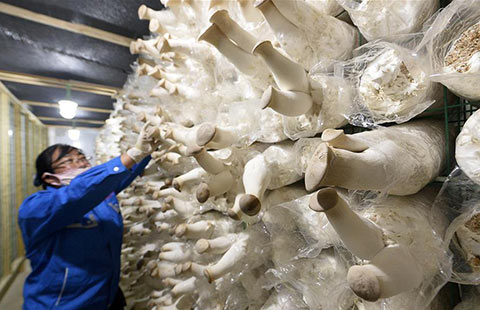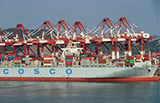Print it, build it, move in: All in under three hours
By Man Ranjith (China Daily) Updated: 2015-08-18 09:26With costs around that level, and slated to go down further in the years to come, 3-D printing could very well be the game-changer for the global property sector, be it the top end or the bottom end.
It could also open doors in housing construction in countries like India, where against the backdrop of population pressures, prices of newly built apartments are skyrocketing in cities and space is at a premium.
To understand whether my enthusiasm was shared by industry experts, I caught up with my good friend Luo Jun, the Beijing-based affable secretary-general of the World 3D Printing Technology Industry Alliance.
Luo told me that 3-D printing is a technology that has been around for quite some time. But after "years of development, it has now become a viable and affordable technology that could very well change the manufacturing landscape".
According to market research firm Canalys, the global 3-D printing market, including 3-D printer sales, materials and associated services, is set to grow from about $3.8 billion in 2014 to $16.2 billion by 2018.
That growth, he says, will be made possible by its use for making cars, buildings, guns and even body parts. 3-D printing is perhaps best used in medicine where it can be applied to develop teeth, ears, livers and kidneys, said Luo, who is also executive president of the China 3D Printing Technology Industry Alliance.
"The industry has been growing at a steady pace in China and much faster than other regions. There are already more than 100 companies who are working on 3-D printing technologies for sectors like biomedicine, creative industries, architecture, materials and software," said Luo.
Efforts are also underway to take 3-D technologies to the grassroots.
"It is an important step as it will help foster innovation and play a vital role in enhancing China's high-tech capabilities," he said.
Though he remains bullish on the advent of the technology, Luo said more steps are necessary to protect the intellectual property rights of companies. There are also challenges like high raw material costs and dependence on imports.
"But the real issue is the absence of a mature business model, failing which the industry may languish in the long run."
Contact the writer at manranjith@chinadaily.com.cn
- Quotable quotes on China's April exports, imports data
- China stocks plunge again as hopes for economic recovery fade
- Texas pipe plant to boost Chinese FDI
- Coach seeks to beat European brands
- BMW looks to young for China's future
- Lensman Jason Bell sees China as land of creative fashion ideas
- NEV plans get a head start
- Telecom operators saved subscribers $6b by boosting internet speed, cutting fees

















